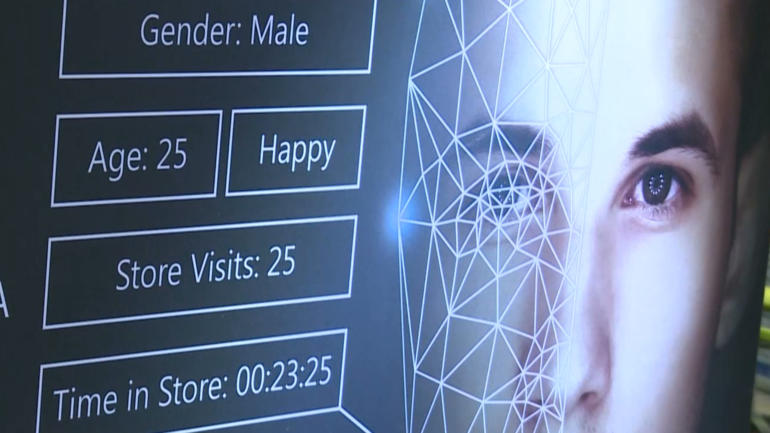Rapid advances are happening in artificial intelligence, computer vision, and big data. One event in Silicon Valley is showcasing how those technologies are converging to transform our work and daily lives.
CGTN’s Mark Niu reports.
More than 12,000 people from around the world are attending the Internet of Things Tech Expo to see the latest innovations.
AlwaysAi is a platform helping to equip robots with computer vision. In the startup’s demo, a robot recognizes that a toy action figure, The Hulk, has fallen and needs help.
In the real world, AI’s capability to understand a pose has numerous applications.
“You can do fall detection which we are demonstrating here. You could do athletic tracking to help athletes hone in on their form and you could use it for weapons detection,” Jason Koo, developer advocate for alwaysAI said. “You can quickly tell someone is drawing a weapon or pretending to draw a weapon. Then you can have a system that does something in response to that.”
Tracking becomes portable with Stickershock, which started out being stuck on cricket bats.
“It’s doing structural analysis of when a ball impacts the bat,” Velvetwire CEO Eric Bodnar said, while swinging a cricket bat with Stickershock attached. “We’ve trained it to determine the difference between the sweet spot where hits are good and other areas where hits are not so good.”
The sticker has eleven sensors that detect everything from movement to environmental conditions.
“There’s this entire arena of information that’s missing from factories, critical infrastructure,” Bodnar said. “The things you want to know are if something important to me is about to fail. Did a pipe leak? Is this going to lead to a problem? These types of applications are perfect for this because it can sense critical changes in infrastructure.”
Sensing changes in facial features is the job of Cyberlink’s FaceMe, which uses AI and facial recognition to classify who it’s seeing. FaceMe is being used or tested in at least 100 companies around the world. I try it out, and it proceeds to determine my age range and gender. More startling is that is able to classify my emotions by assessing my expression.
CyberLink said one of the top uses is smart retail.
“You can either have people who look at signage, that you want to adjust dynamically based on their feelings, age, gender, so you can target what you do,” Richard Carriere, General Manager at CyberLink said. “Or it can be just for statistics collection. In a store you want to know where people have put their attention and how they feel about it.”
Other applications include recognizing VIP customers or checking in airline passengers.
“I would feel much safer boarding a plane when my face is identified and I know that everybody else on the plane is matched at the last moment with that database, then let’s say somebody who picks up a boarding pass on the floor for someone who boards the plane and gets in when he or she is not supposed to be there,” Carriere said.
Tracking technologies like this also raise eyebrows over whether customers have a choice to give up their information – something that ultimately comes down to how businesses choose to operate and governments choose to regulate.
 CGTN America
CGTN America

